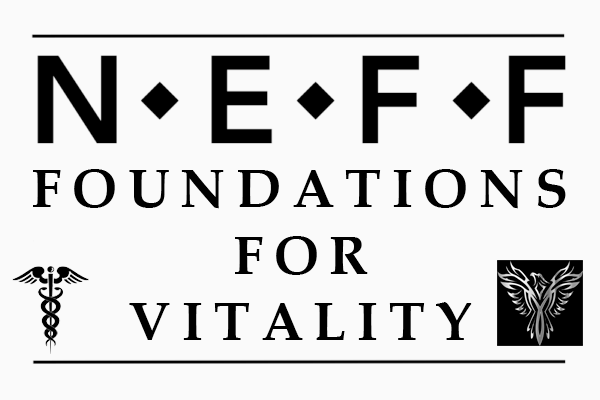Recovery is neither rare nor random—with the right kind of support, it can even be expected.
Having gone through superb rehab and appropriate aftercare, I have to agree 100%.
But what is the right kind of support? How can you find the answer to this question?
Welcome to Pandora’s box!
Looking through websites and publications, even my head is confused.
Firstly, there is no agreed definition of what rehab is.
• Programs can last 28–30 days, 2 months, or 3 months. The reason that many programs were 28 days is simple—the American insurance companies pay up to a maximum of 28 days. Cynical, but true.
• Rehab can be done as an inpatient and as an outpatient.
• Some utilize mainly psychological and psychiatric approaches, for which medications are considered counterproductive (or shall I say ‘evil’?).
• Other programs are run by doctors for whom rehab without medications (such as naltrexone) is unthinkable.
• One program might not have all the bells and whistles, but is run by such an enigmatic character that it is virtually impossible not to get sober. Other programs have everything and then some, yet the first stop for discharged patients is the bar at the airport.
Proponents of different avenues (or schools of thought) will highlight their successes and are not keen to talk openly about the not-so-nice cases.
Inevitably, are we not comparing apples with oranges? Sometimes, it is like fitting a round peg through a square hole.
So, if you were hoping for a sound answer—supported by extensive scientific evidence—I am sorry I can’t be of help.
But I can guide you to the principles outlined by the National Institute on Drug Abuse (NIDA) in the US. In other words, that’s what rehab should look like.
FEATURES OF A GOOD REHAB PROGRAM
• There must be recognition that addiction is a treatable disease that alters the functioning of the brain.
• There is not one approach to treatment that will work for everybody.
• Treatment interventions need to be available when the individual needs them.
• Effective treatment for substance abuse addresses the multiple needs of the person and not just their use of drugs or alcohol.
• A crucial component to a successful treatment outcome is to remain in treatment for a sufficient length of time.
•
Behavioral interventions, such as individual therapy, group therapy, or family therapy, are the most common forms of treatment for substance use disorders.
• Medications can be an important aspect of substance use recovery, particularly when combined with behavioral therapy.
• Treatment should begin with an assessment of the person’s needs, a formal treatment plan, and the possibility of readjusting the plan as needed to suit the situation.
• In many cases, individuals with substance use disorders will have co-occurring mental health disorders that also need to be treated alongside the individual’s substance abuse.
• Medically assisted detoxification (medical detox) is only the first step in recovery. If individuals only receive medical detox services, there is little change in their substance abuse behavior. Individuals require long-term treatment programs after medical detox.
• Substance use disorder treatment does not have to be voluntary in order for it to be effective. Individuals who are coerced into treatment have similar outcomes to individuals who volunteer to enter treatment.
• Those in substance use disorder treatment programs should be continuously monitored for drug and alcohol use. Lapses and relapses are common.
• Individuals in substance use disorder treatment programs should also be tested for infectious diseases like HIV, hepatitis or tuberculosis. They should be treated accordingly if they are positive for any of these conditions.
There are other programs out there that could equally benefit you. We are all different. Find what works for you, and then work it!
Interview 548 – Bipolar, Brave and Hilarious: How Dave Mowry Found Humor in the Hardest Times
Watch it on YouTubeListen as a Podcast Healing with Humor: What, Why, and How | Interview with Dave Mowry In this inspiring and laughter-filled interview, we sit down with Dave Mowry, a comedian,...







